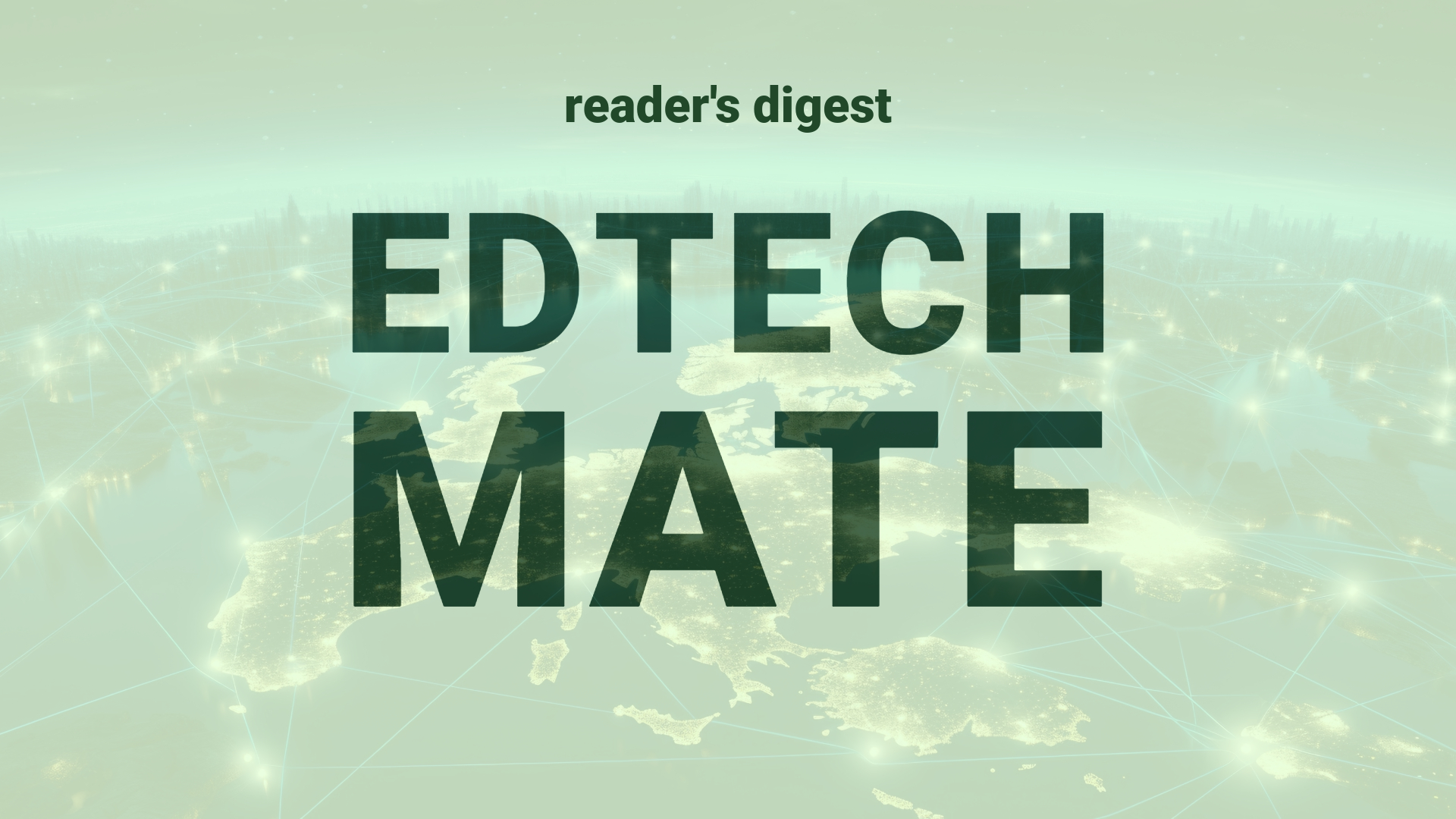“`html
Executive Summary and Main Points
The glass escalator phenomenon highlights systematic gender bias within female-dominated industries, where men experience a fast-tracked advancement to leadership roles. Recent analyses, such as those conducted by Candid, demonstrate that this effect is prominent in the nonprofit sector, challenging the notion that a higher percentage of women in the workforce guarantees equity in leadership. Research underscores persistent societal stereotypes that associate men with leadership qualities and consequently result in men holding disproportionately higher leadership positions in terms of both power and financial resources.
Potential Impact in the Education Sector
The education sector, which encompasses Further Education, Higher Education, and Micro-credentials, is likely to witness similar trends in leadership dynamics influenced by the glass escalator effect. These findings could impact strategic partnerships and digitalization efforts, with male leaders potentially securing more resources and support due to existing gender biases. A re-evaluation of recruitment, promotion, and compensation practices is crucial for equitable leadership representation across educational institutions.
Potential Applicability in the Education Sector
Innovative applications of AI and digital tools can be employed to mitigate the glass escalator within global education systems. This includes developing AI-driven platforms to anonymize applications and eliminate biased language, utilizing data analytics to monitor and promote diversity in hiring and promotions, and leveraging virtual reality scenarios to raise awareness of gender biases in leadership selection processes.
Criticism and Potential Shortfalls
While digital applications offer transformative potential, they are not without criticism and potential shortfalls. Comparative international case studies suggest variations in culture and ethical considerations must be addressed. Moreover, AI algorithms must be vigilantly designed to avoid reflecting existing biases. Collaboration with international education leaders is imperative to acknowledge and counteract the subtleties of gender bias across varied cultural landscapes.
Actionable Recommendations
For international education leadership, proactive steps include unbiased language reviews in job postings, transparent pay scales, and robust career development matrices. By sponsoring women through assigning challenging projects and offering networking opportunities, equity can be fostered. Integrating AI tools to neutralize hiring biases and employing demographic data tracking in promotion decisions are further strategies in dismantling the glass escalator.
“`
Source article: https://hbr.org/2024/04/more-women-work-in-nonprofits-so-why-do-men-end-up-leading-them

